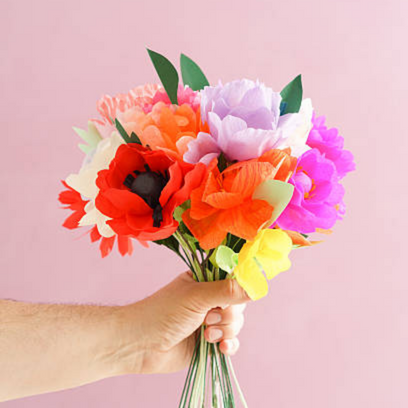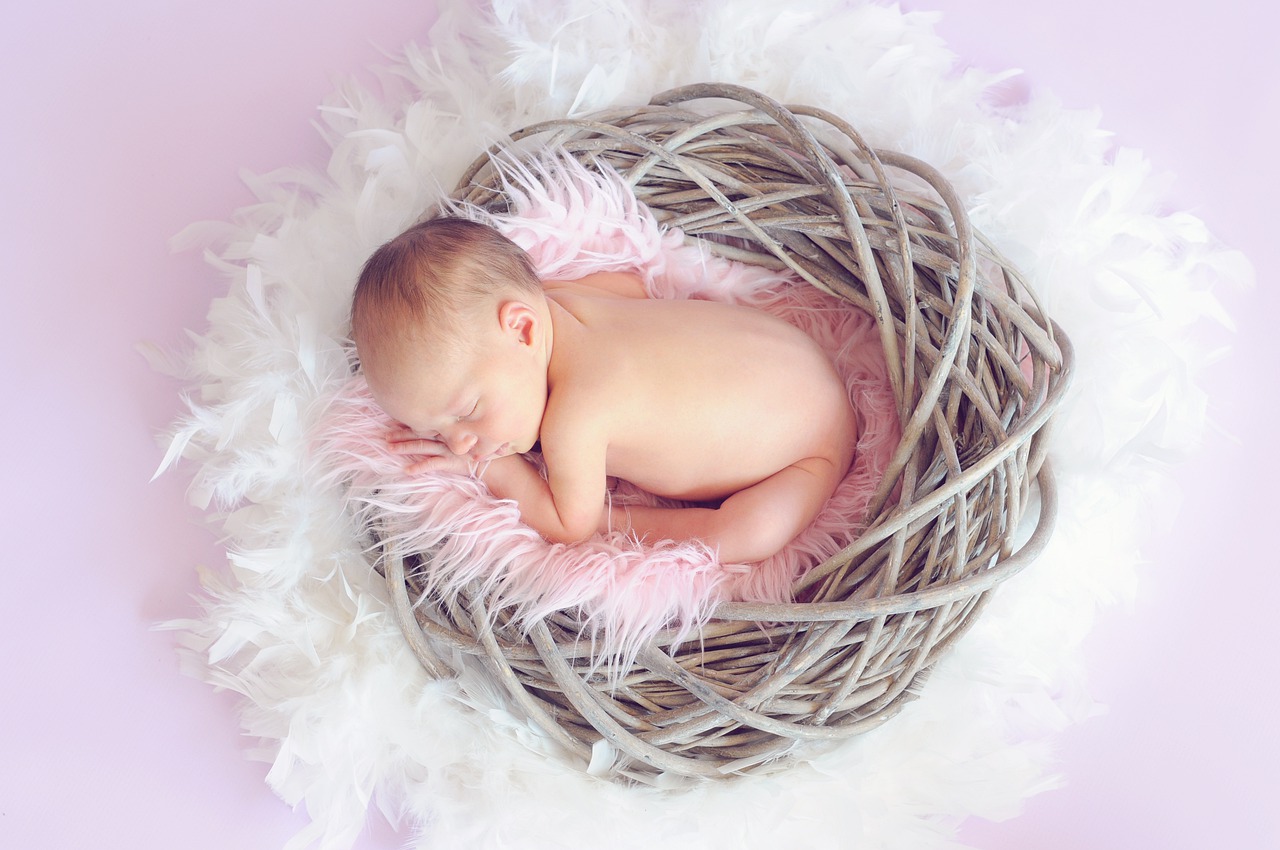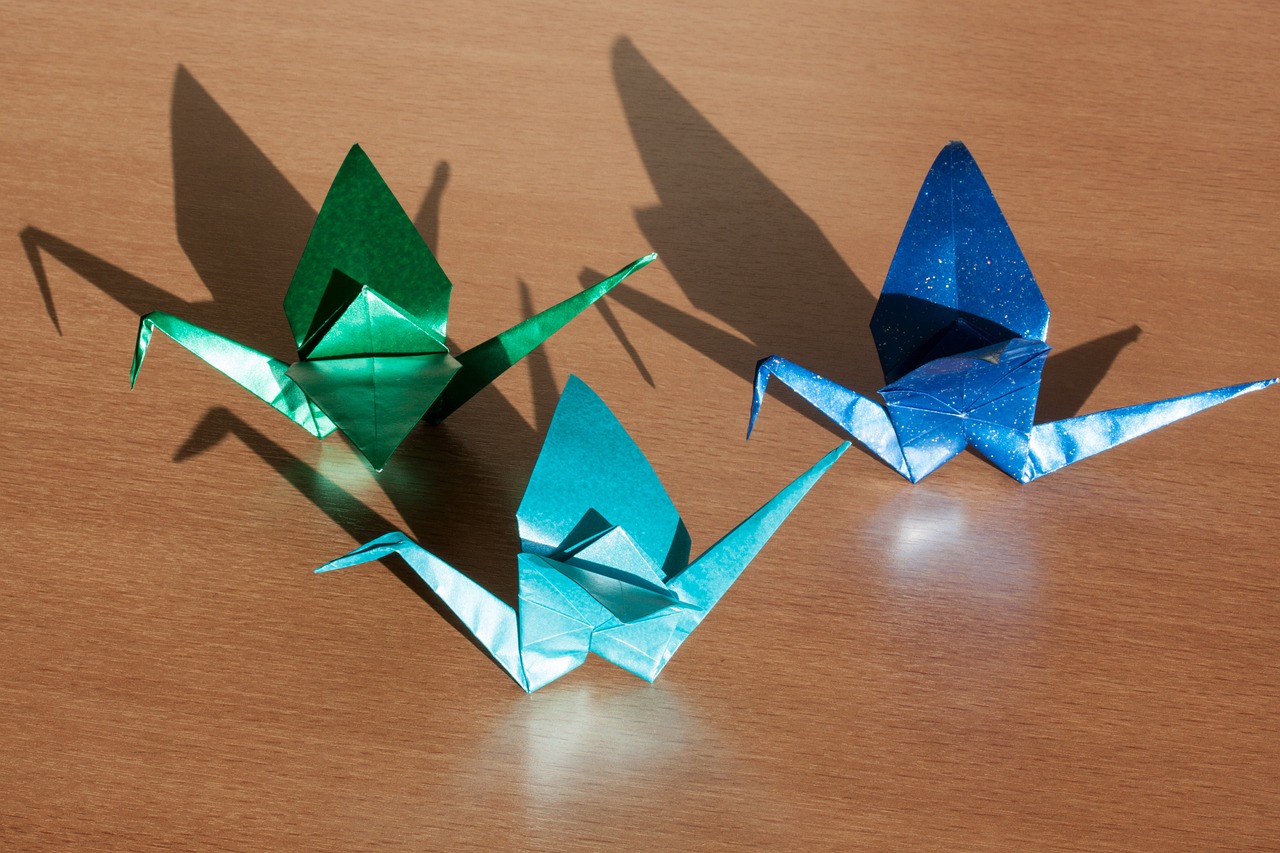Craft knives are a very important tool used by the majority of us crafters. Buying a really good knife is an investment you will not regret, a good quality craft knife will last you a very long time and it’s much better to buy one good knife than ten okay knives. We at Bumblebee Craft made this guide to make it easy for you to find out what makes a good knife, and to showcase what we think are the best 5 knives on the market today.
The best overall craft knife is the Modelcraft precision knife with its three handles and thirteen different blades it can be used for almost any craft activity.
One craft knife doesn’t fit all but some can play more than one role this article will help you pick the best one for you.
If you don’t yet own a craft knife you would be surprised by the many uses it has within your craft room, no matter what your chosen crafting project is at the time. We recommend every crafter owens at least one very good craft knife.
Disclaimer: None of the knives in this article are suitable for use by people under the age of 18.
Contents:
The different types of craft knives
There are many categories under the broad term “craft knives” so here we will do are best to explain them so you can figure out which specific tool suits your needs best.
Light-Duty craft knives (precision knives)
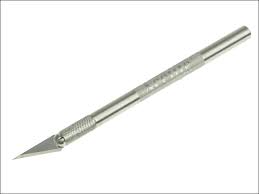
Light weight small diameter knives usually have an aluminium handle. Sometimes referred to as precision knives, perfect for working with paper and thin card. Good for detailing and tidying up after cutting with scissors.
Sometimes light-duty knives also come with flat plastic handles, they look very similar to surgical scalpels.
Heavy-duty craft knives
Heavy-duty knives usually have a chunky plastic handle allowing you to grip it in the palm of your hand when cutting materials. They are better for cutting tougher materials like high gsm card stock, corrugated card, thin wood, and hard plastics like PVC.
They are very useful for heavy duty cutting but don’t give you as much control and precision as a light-duty knife.
Rotary cutters
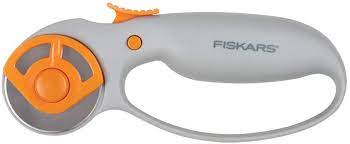
Rotary cutters not to be confused with rotary trimmers, have a circular blade that is perfect for cutting a straight line alongside a ruler.
They are only really suitable for paper, light cardstock and some fabrics. But are a brilliant addition to a crafters tool box.
Utility knives
Utility knives for example a stanley knife, something we all probably have in our tool boxes for jobs around the house. They are a very useful tool for cutting tougher materials like corrugated card or thin wood, and usually have a retractable blade design.
A utility knife is usually not the best tool for jobs within your crafting projects, but it does have its place for the tougher jobs where you don’t want to blunt your light-duty craft knife.
Carving craft knives
A carving craft knife is usually used for cutting wood but can be used for plastic or foam. Normally comes with a specially designed handle for added control. These knives don’t normally have replaceable blades but they can be sharpened as they become dull.
Swivel craft knives (pen style knives)
Swivel craft knives have a pen like design and a very small blade designed for cutting circles and curves. Usually used only for paper and thin cardstock.
Finger craft knives
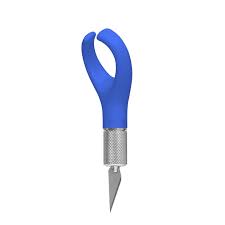
Finger craft knives have a unique design in which they attach to your index finger. holding the knife in this way gives you greater precision. The only problem with finger craft knives is that your hand will inevitably start to ache, if your doing more than a few cuts.
Handle choices
When it comes to choosing the handle for your new craft knife there are a few things to consider. You should first think about what you will be using your craft knife for majority of the time, if it’s for mostly thin card and paper crafts than you want to go for a thinner handle or maybe even a flat handle for more controle. If it’s more heavy duty crafts where you are going to be cutting thicker materials, you want a thicker handle maybe with an ergonomic design to give you precision while still being able to apply adequate pressure to the material you are cutting.
Blade choices
The blade is arguably the most important part of your craft knife thats why its so important to pick the one that suits your chosen craft the best. The main blade options are retractable, fixed blade or a replaceable blade. For the most part we recommend a knife with a replaceable blade as it offers the most options for changing blade size, thickness and shape as you need to. There are some circumstances where a fixed or retractable blade would be the better choice, for example carving or very heavy duty crafts like leather working.
Our top 5 craft knives
Cricut true controle knife
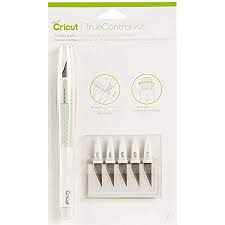
Cricut is a well know craft brand and for good reason there products are well made and built to last. The cricut knife comes with 5 premium steel blades which will last for ages.
This knife also features a no-touch blade changing system which is much safer than some others on the market.
Pros
- no-touch blade change
- Ultra sharp blade
Cons
- Only one blade style included
Modelcraft precision knife set (best all-rounder)
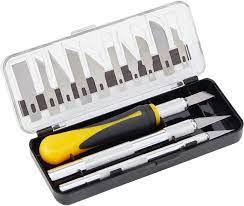
This knife set comes with 3 handles and and 13 different blades to fit just about anybody’s needs. And at a very reasonable price too.
Features a chunky handle perfect for model making or tougher projects.
Pros
- Big selection of blades
- Storage case
- Multiple handles
Cons
- Difficult to remove knives from storage box
Crafters companion soft grip swivel knife
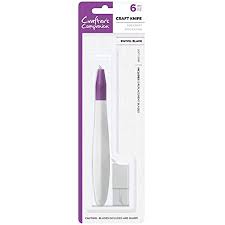
This swivel knife is perfect for cutting curves and circles. It has an ergonomic design that fits your hand perfectly and comes with 5 replacement blades.
It’s only suitable for paper and very light card crafts.
Pros
- 5 replacement blades
- Ergonomic design
- Soft grip
Cons
- Not the best for straight lines
- Can only be used on light projects
Presh utility knife
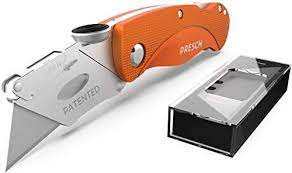
The presh utility knife is best for heavier projects and will cut thick cardstock with ease. It also has a very ergonomic shape for a utility knife which is a bonus.
The retractable blade and foldable design are safety features we like about this knife.
Pros
- 10 spare blades
- foldable design
- Ergonomic design
Cons
- not the best for precision crafts
Slice pen cutter

The slice knife has a ceramic blade which is ultra sharp and lasts up to 11 times longer that steel.
This knife is available in a 3 position manual retractable blade design or a standard retractable blade design.
Pros
- lots of safety features
- Comfortable to hold
Cons
- only supports 1 type of blade
Our top pick for a rotary cutter
Fiskars rotary cutter
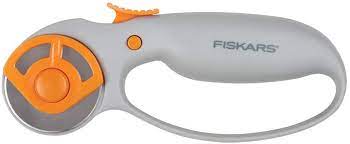
The fiskars rotary cutter would be a valuable addition to any crafters tool kit. It features a soft grip comfortable handle, a 4.5 cm diameter blade.
It also has a very easy blade change with no tools required.
Pros
- Fast and easy cuts
- easy blade change
- safe retractable blade
Cons
- Only comes with 1 blade
Craft knife safety tips
- Never leave a blade out uncovered!
- Only buy knives that have good grip some of the cheaper knives don’t, one slip could cause serious injury.
- If crafting with children, use scissors craft knives are far too sharp.
- Always cut away from your body.
- Always cut on a stable surface.
- Make sure the knife you are using is suitable for the task.
By following these tips you should be able to have all the fun of making your next project with a craft knife without getting injured.
So you have found the knife for you hurray! Why not check out our article on paper trimmers by clicking here. Paper trimmers save you lots of time and energy and you won’t be blunting your new knife on long straight cuts.
Thank you for reading our article on craft knives, if you found it helpful please let us know in the comments below we love hearing from you.
